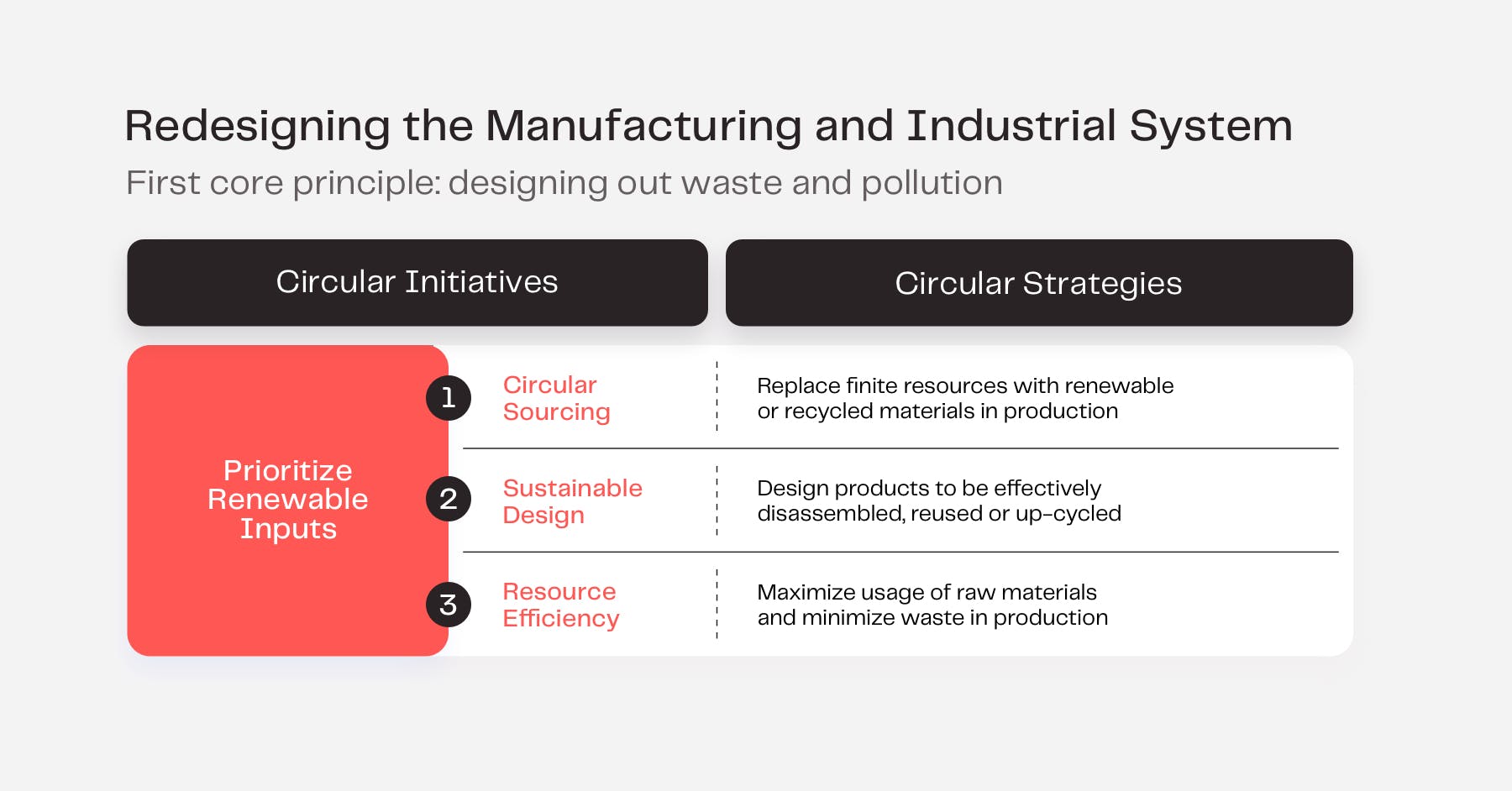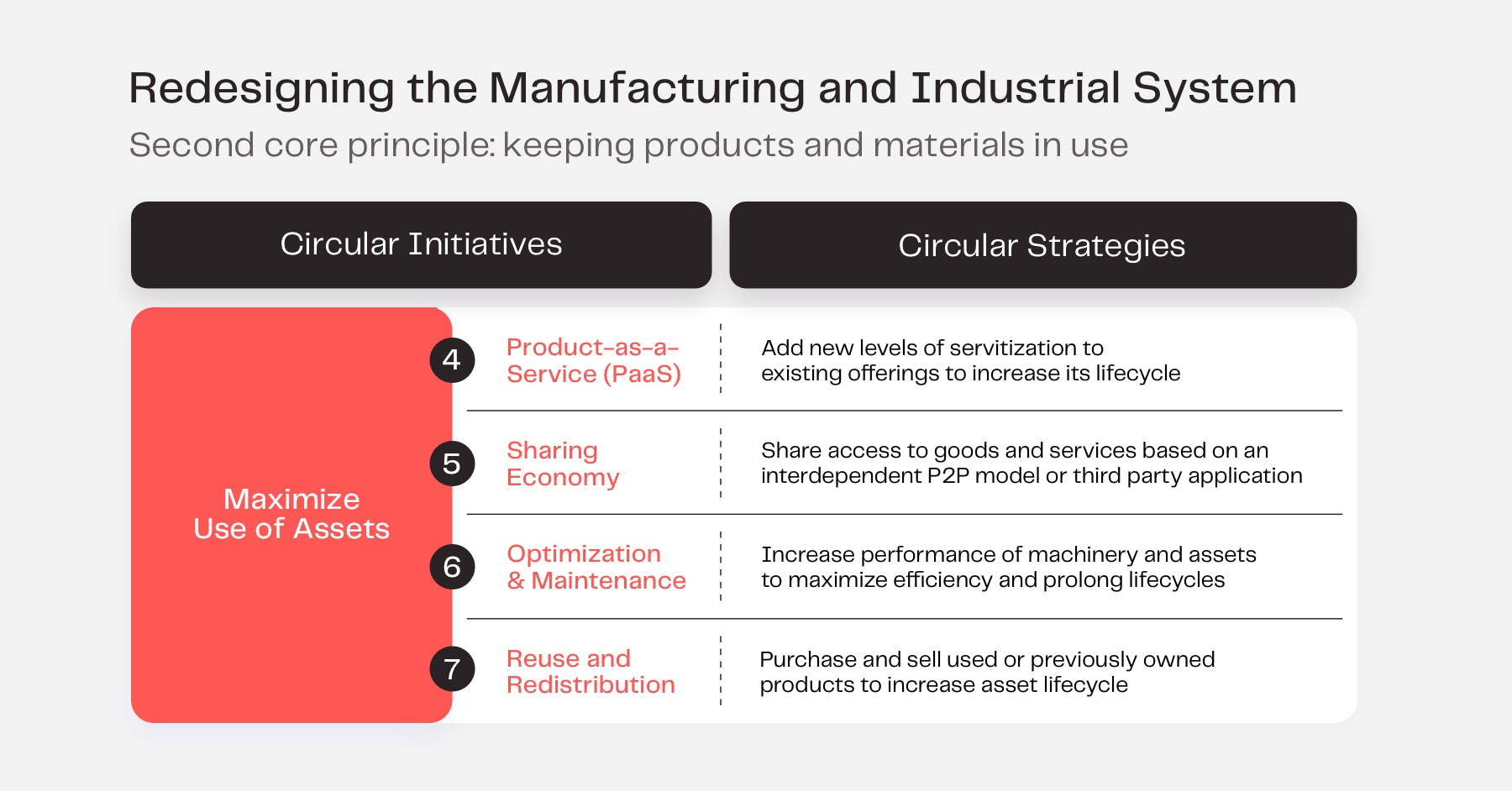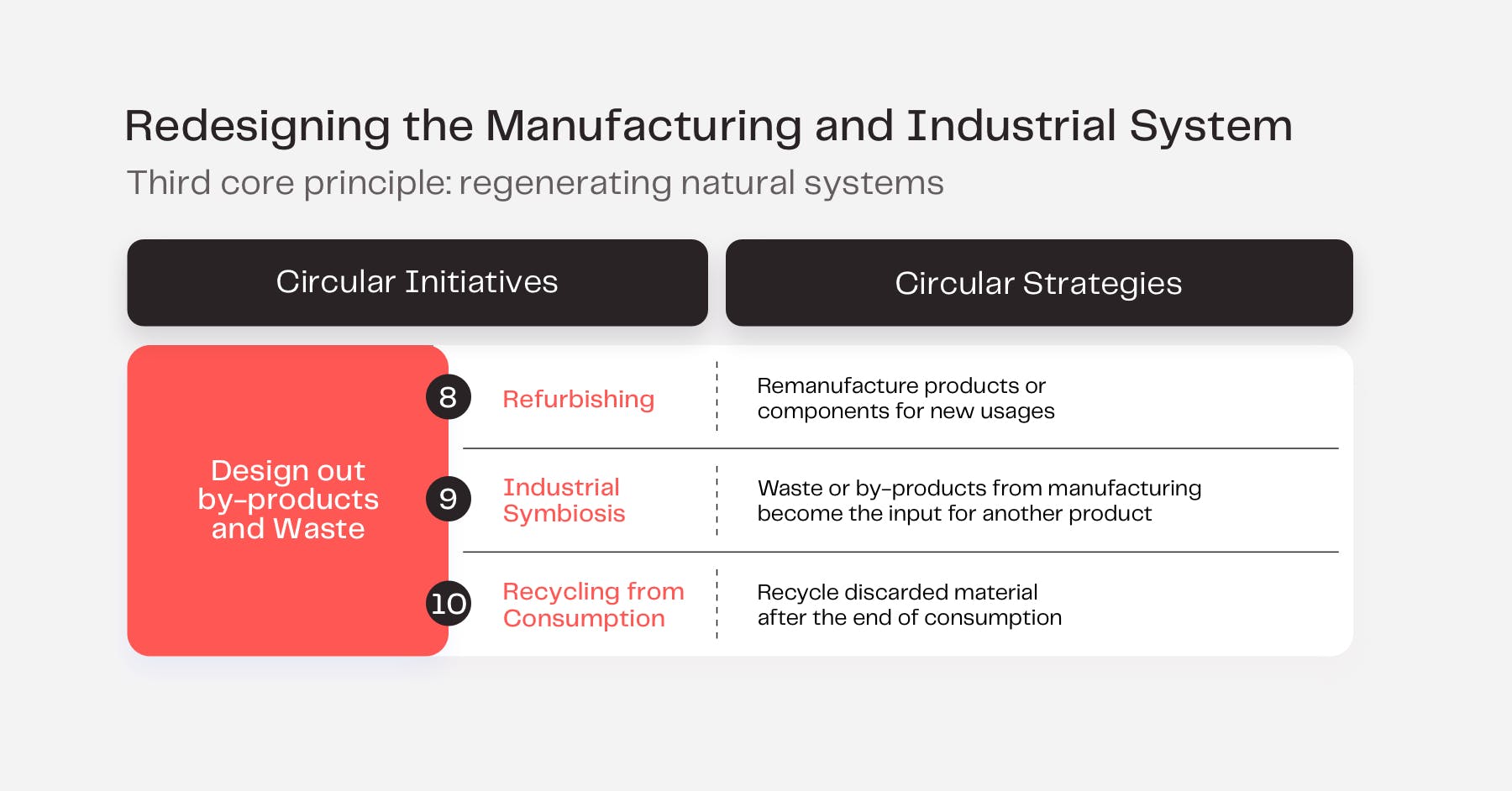Bridging the Circularity Gap Through Collective Stewardship

Understanding the Issue at Hand
Imagine a future where human prosperity does not translate into sacrificing our natural environment.
For as long as humans have existed, we have heavily relied on a finite amount of natural resources to satisfy our basic needs — a constant supply of clean water, housing, clean air, and food supply. We have now reached a point where the overconsumption of resources has outpaced the sustainable capacity of the ecosystem to renew its supply. Estimates indicate that humanity's current demand is 70% higher than the regeneration rate of all of the planet's ecosystems combined.
Today, the global economy is only 8.6% circular — just two years ago it was 9.1%, and the global circularity gap is widening. The negative trend is explained by three underlying causes: 1) high rates of extraction; 2) ongoing stock build-up and; 3) low levels of end-of-use processing and recycling.
With just 11 years to prevent irreversible climate change, the reality of global warming is a critical reminder that there’s a time-sensitive opportunity to offset our carbon footprint and solve the complex problems that persist as a direct consequence of our exploitative actions.

The circularity gap is widening, and with it, the negative impact of our extractive economies. To confront environmental challenges and deliver socio-economic benefits, we must look beyond the current take-make-waste linear industrial model and rethink how we consume and dispose of materials.
The circular economy is restorative by design and gives humanity a chance to move from resource efficiency to resource sufficiency. The way forward is to gradually decouple economic growth and human development from finite resource extraction — to achieve the end goal of bridging the circularity gap.
The Circular Economy: Core Principles
By designing out waste and keeping materials in use for as long as possible, we can satisfy people’s needs without transgressing the boundaries of the planet.
The circular model builds economic, natural, and social capital based upon three core principles:
- Designing out waste and pollution
- Keeping products and materials in use
- Regenerating natural systems
The industry is responsible for around 21% of overall global CO2 emissions with the production of four materials - cement, steel, plastics, and aluminum accounting for 60% of these emissions. A circular economy approach could reduce global CO2 emissions from key industry materials by 40% or 3.7 billion tons by 2050.

Applying circular economy principles tackles hard-to-abate emissions and accelerates the transition towards a net-zero carbon economy.

With the advancements in technology where it is today, we are in the era of ‘cleantech 2.0’, going far beyond the renewable energy focus of ‘cleantech 1.0’, to include energy and resource efficiency into a much broader spectrum of ‘socio-environmental innovation’. Digital technologies such as IoT, machine-to-machine (M2M) communication, and robotics are supporting the transition to a circular economy by radically increasing virtualization, process integrity, transparency, and feedback-driven intelligence.

Roadmap for Action: Bridging the Gap
The world is on the cusp of a resource revolution. Advances in better, cleaner technologies, materials science, and biology will radically increase the longevity, utilization, and productivity of resources, creating economically attractive opportunities for business.
3 Steps To Bridge the Circularity Gap
1. Data Transparency
Identify key data needed to measure and track circular performance, plus provide the necessary infrastructure for global alliances to collect, retrieve, and share data.
2. Impact Metrics
Implement a metric system that enables countries to set goals, conduct peer reviews, and track progress while developing practical pathways that are aligned to local contexts.
3. Global Collaboration
Build a global coalition for action made up of leading businesses, governments, NGOs, and academics to better serve societal needs more sustainably.
Collective Stewardship is Essential for Systemic Change
“The greatest threat to our planet is the belief that someone else will save it.” - Robert Swan
The clock is ticking. In the end, the circular economy is making us aware that we need more encompassing, integrated, and restorative sustainability paths that serve to benefit the natural environment as much as the people that inhabit it.
Circularity demands a new way of thinking. It confronts us with uncomfortable questions but also begs for new solutions. Business as usual with small adjustments is no longer enough. Governments and businesses alike must engage in cross-border collaborations for circular value chains and climate neutrality. We need to create new business opportunities and key partnerships in the spheres of the circular economy, smart cities, resource efficiency, environmental protection, and climate change mitigation for positive change to take place.
In sensing both the urgency and the opportunity, organizations and governments need to shape their strategies to support greater investments into sustainable practices and specific circularity agendas. Influential people and companies with strong support networks, resources, and power are needed to gain momentum and push the needle forward. Businesses with underpinning holistic visions in their culture will lead the movement, where every person from staff members to customers is working together toward a shared goal.
Only once we actively prioritize our interdependencies as a global collective, will we have a real opportunity to bridge the circularity gap. We must go circular to preserve and protect the natural world — and all who depend on it.




